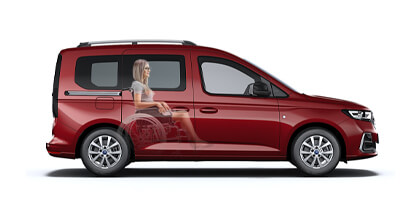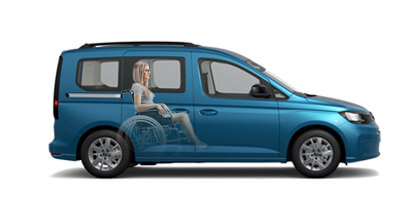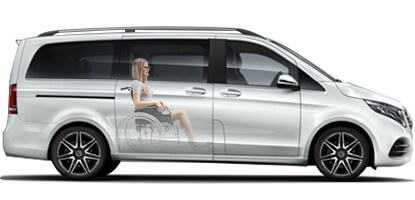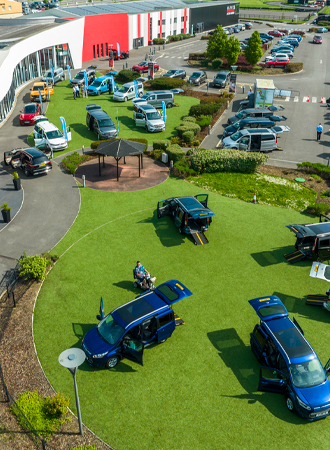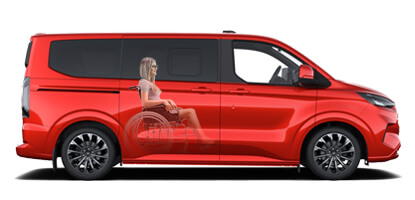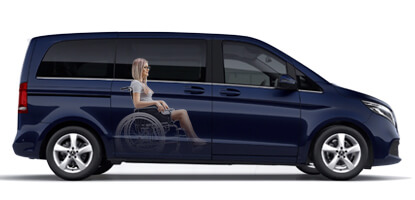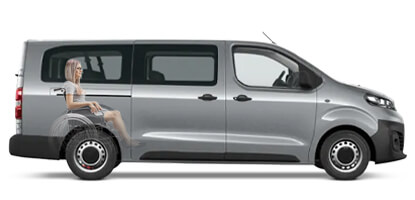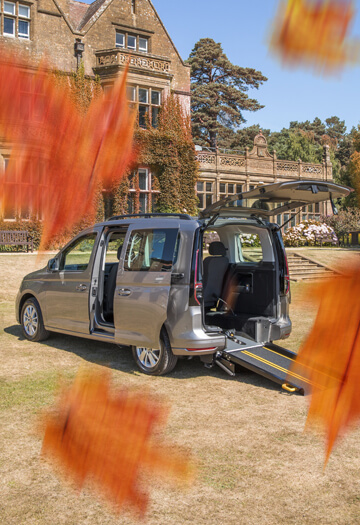
With so much coverage of the petrol versus diesel debate in the current news, we are often asked by our clients whether a petrol or diesel powered Wheelchair Accessible Vehicle is better.
The quick answer is, that neither is automatically better than the other – but depending on your driving style, and typical vehicle usage pattern, one may be better suited to your needs than the other.
Let’s look at the benefits of petrol and diesel, and discuss how each may suit your requirements when looking for your next WAV.
Diesel Wheelchair Accessible Vehicles
Typically many of today’s WAVs are diesel powered – mainly due to many accessible vehicles being based on commercial-type vehicles, with diesel usually preferred by fleet and commercial vehicle operators. Diesel enginers produce more torque (pulling power), with many drivers preferring the smooth, effortless in-gear acceleration this provides – making a refined ride for the wheelchair user.
Diesel WAVS also tend to be more economical with fuel, which makes them ideal for motorway and long-distance driving – and means less stops to fill up your fuel tank. However this convenience should be measured against the rising cost of diesel at many fuel stations.
Our diesel-powered WAVs include:
- Volkswagen Caddy Life
- Ford Tourneo Connect
- Volkswagen Sharan
- Mercedes-Benz Vito Tourer
-
Mercedes-Benz V-Class
Petrol Wheelchair Accessible Vehicles
Todays’ modern petrol engines really excel on short trips. While their fuel consumption is higher, petrol is cheaper per litre than diesel at the pump – meaning that the overall running costs can be lower. Petrol engines can also benefit from lower servicing costs, and their smooth drive and quick acceleration is ideal for A and B roads, and quick trips in and around town.
Many of our clients tend to cover low mileages in their WAVs – if your typical journeys are shorter trips into town, popping to the shops or to see friends, with the occasional longer journey thrown in – a petrol Wheelchair Accessible Vehicle may be better for you.
Modern petrol engines often benefit from forced induction (turbocharging) in the same manner as a diesel engine – so if you’re considering a petrol WAV but worried about a lack of power we recommend you take one of our demonstration vehicles for a drive – you’ll be surprised by the capability of the modern petrol engine.
Our petrol-powered WAVs include:
Electric Wheelchair Accessible Vehicles
You might also consider a fully-electric Wheelchair Accessible Vehicle. Extremely quiet, simple to charge and drive, and with ample performance; an electric WAV could be perfect for you if you do a lot of short trips. With longer-range models becoming feasible and a wide, growing network of fast and rapid charge points across the UK, electric power is considered to be the long-term future of personal mobility.
In some areas congestion charging is applied to petrol and diesel vehicles – EVs are typically exempt from this type of penalty. Being zero-emission at point of use they are also a sound choice for eco-minded drivers and those travelling in highly built-up areas.
Electric vehicles are also extremely economical to run; the cost to charge is extremely low, and the servicing costs are typically lower than a petrol or diesel-engined vehicle. And with generous grants available to drivers who make the switch, it’s a great time to consider going green for your next Wheelchair Accessible Vehicle.
Our electric-powered WAVs include:


